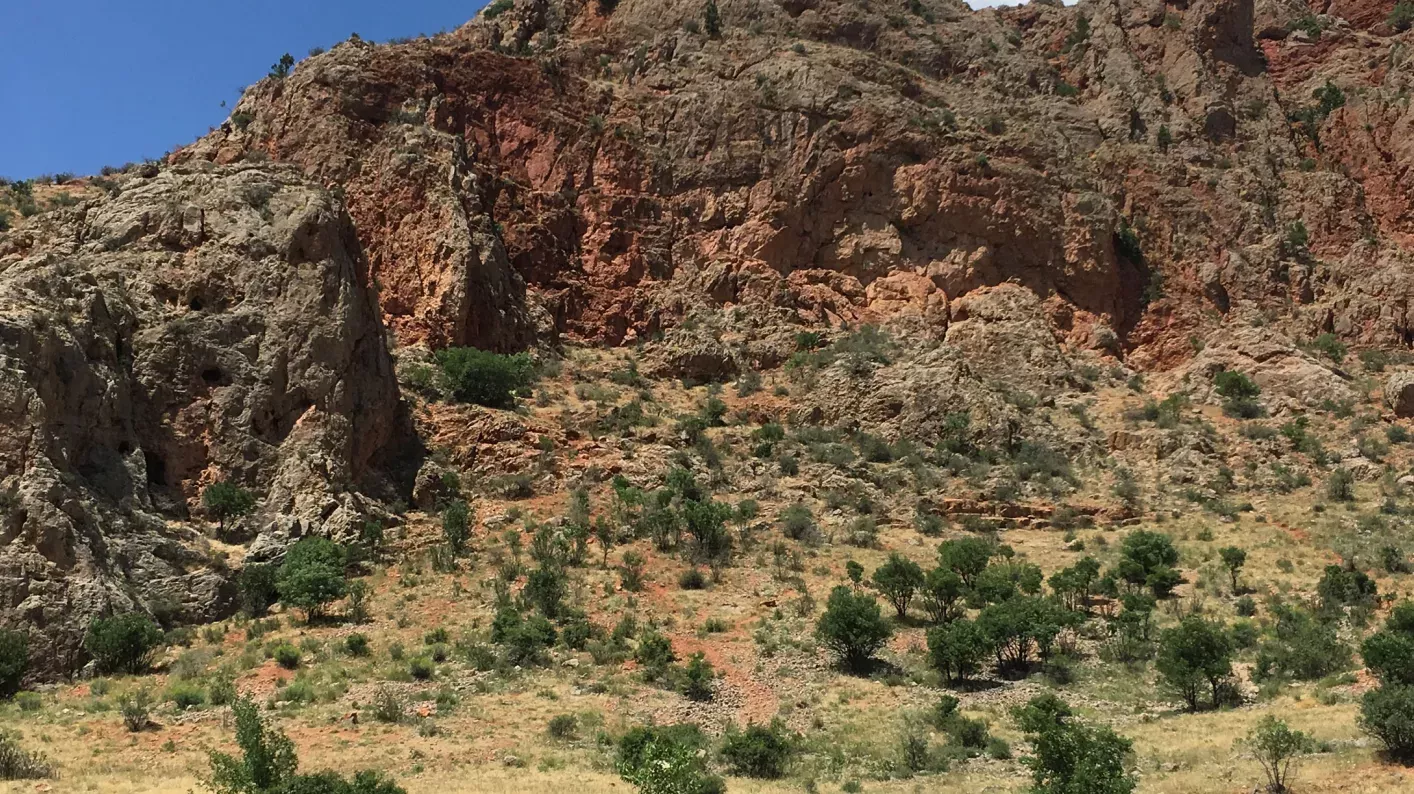
Global Tree Seed Bank of the Caucasus
Collecting and safeguarding rare, threatened and/or highly useful tree and woody herbaceous plant species in the Caucasus region.
Seed Bank of the Caucasus
Trees are invaluable resources, providing essential materials such as timber, fuel, food and medicines. In the landscape, they perform vital services such as water catchment, erosion and pollution control, and climate regulation. Yet, trees are under increasing threat from deforestation, over exploitation, climate change, pests and diseases. As global threats increase, we need to intensify our conservation activities in order to safeguard important species and essential resources.
Funded over a series of phases, the programme started in 2014, with the establishment of the Global Tree Seed Bank based at the Millennium Seed Bank (MSB), where the seeds of around 11,000 tree and shrub species were already conserved. From 2015 the MSB worked with partner organisations in 35 countries across the world with the aim to conserve over 3,000 of the rarest, most threatened and useful trees. In addition, research carried out at Kew and by our partners started to fill vital gaps in our knowledge of science underpinning effective tree conservation.
Following the success of the Global Tree Seed Bank Programme from 2015-2019, funding for a new phase was awarded by the Garfield Weston Foundation, to begin in January 2020 for three years. In this new phase, five of the projects represent established partnerships from the programme, allowing us to build on activities and achievements in Mexico; Madagascar; Bhutan; Thailand; and Indonesia. In addition, three new projects have been developed in Mozambique, South Africa, and Pakistan with existing Kew partners in countries with large numbers of threatened tree species, not yet banked.
Complementing the new seed collecting activity, are research projects and species conservation assessments to be carried out by in-country projects and at Kew. Based at the MSB and within the Comparative Seed Biology team, a new research project will soon begin ‘IMproving the PREservation of difficult-to-store Tree Seeds’ – IMPRETS. This research will improve our understanding of tree seed form and function and the application of low temperature science to the preservation of tree seeds.
The new programme also has a substantial training and capacity building element to strengthen partner organisations’ long-term capacity to carry out seed conservation work. This includes continuation of the MSBs Seed Conservation Techniques course and providing online training resources to a wider conservation community.
Countries and Territories Contributing to the Global Tree Seed Bank Programme
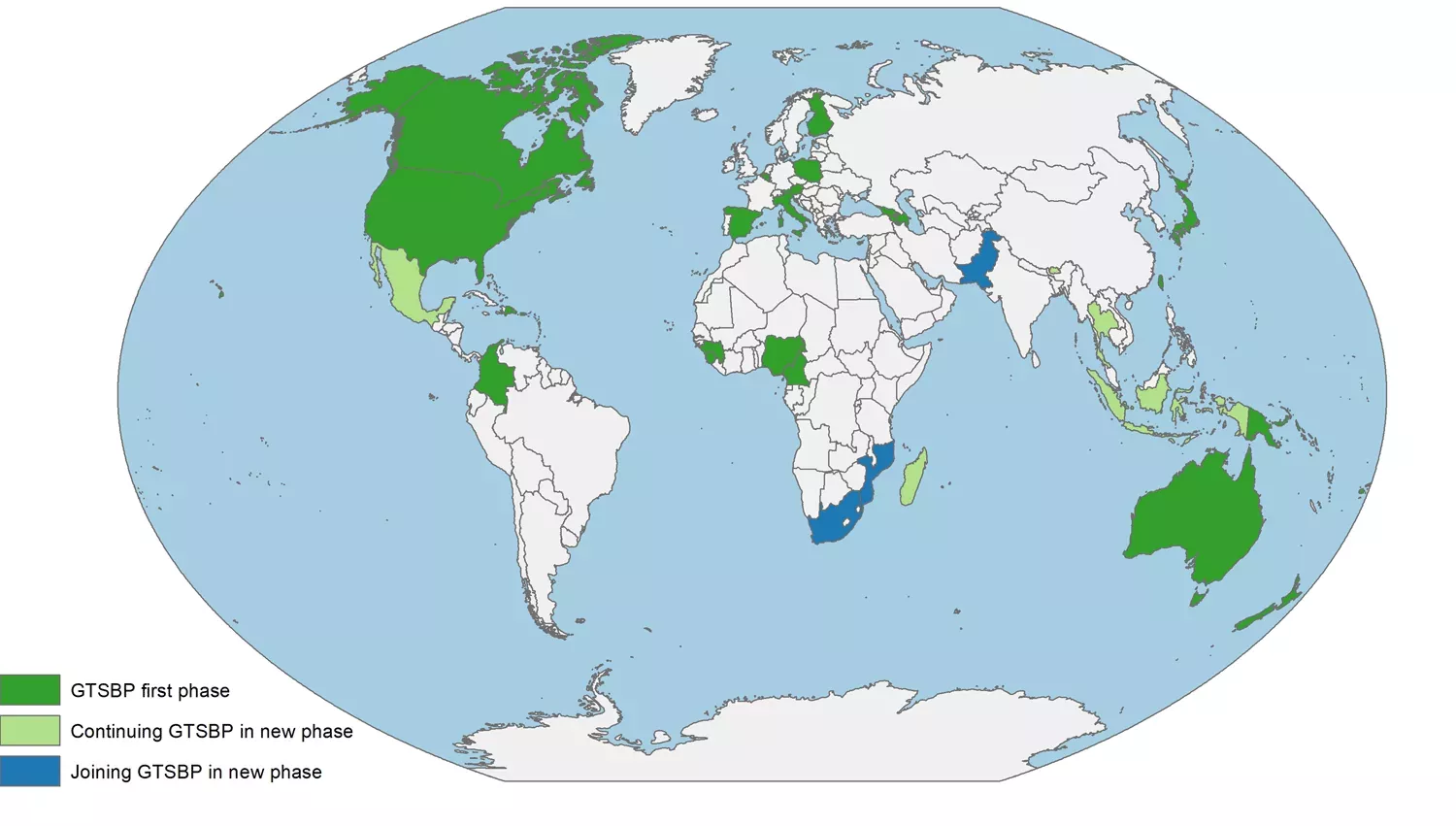
So far the Programme has received seeds from: North America (Canada, Mexico and USA); South America (Colombia); the Caribbean (The Bahamas, British Virgin Islands, Dominican Republic, Montserrat, Puerto Rico, St Lucia and the Turks and Caicos Islands); Africa (Cameroon, Guinea, Nigeria, Sierra Leone and Madagascar); Europe (Austria, Belgium, Cyprus, Finland, Italy, Poland, and Spain) and the Caucasus (Azerbaijan, Armenia and Georgia); Asia (Bhutan, Indonesia, Japan, Taiwan, and Thailand); Australia and the Pacific (Hawaii, Fiji, New Zealand and Papua New Guinea). With so many regions involved, there are over 50 participating partners.
The main objectives of the programme are to:
1. Collect, bank and conserve up to 5000 of the world’s rarest, most endangered and most useful tree and shrub species
Improve knowledge of the seed biology, germination, and propagation of key species
2. Address key knowledge gaps in tree conservation with research in major areas of tree conservation:
In the new phase of the programme:
3. Invest in training, essential infrastructure, equipment and data sharing to increase our partner organisations’ long-term capacity to carry out seed conservation work.
This is a large programme including all Science Departments at Kew and involving many individuals.
Ando Andriamanohera
Amy Barker
Merveille Bernard
Stuart Cable
Naomi Carvey
Marcella Corcoran
Aisyah Faruk
Maraeva Gianella
Kate Hardwick
Kirstine Manger
Hanna Oldfield
Jo Osborne
Tim Pearce
Jack Plummer
Eric Rakotoniaina
Nomentsoa Randriamamonjy
Vonona Randrianasolo
Velosoa Razafiniary
Henintsoa Razanajatovo
Tiziana Ulian
Anne Visscher
Michael Way
Ian Willey
Chiang Mai University’s Forest Restoration Research Unit
Silo National des Graines Forestières
Facultad de Estudios Superiores Iztacala, Universidad Nacional Autónoma de México
South African National Biodiversity Institute
Mozambique Institute of Agricultural Research
The Pakistan Agricultural Research Council
More information on Phase 1 and 2 partners can be found on the individual project webpages.
Each individual project within the GTSBP has their own project objectives, about which more can be found on the individual project webpages.

Collecting and safeguarding rare, threatened and/or highly useful tree and woody herbaceous plant species in the Caucasus region.
Seed Bank of the Caucasus
Generating phylogenomic data for tree genera to investigate seed trait behaviour and evolutionary processes, underpinning tree conservation in SE Asia.
Applying phylogenomics
Study of the fundamental basis of desiccation and low temperature stress tolerance in recalcitrant seed tissues of temperate species in order to optimise their cryopreservation.
Cryopreservation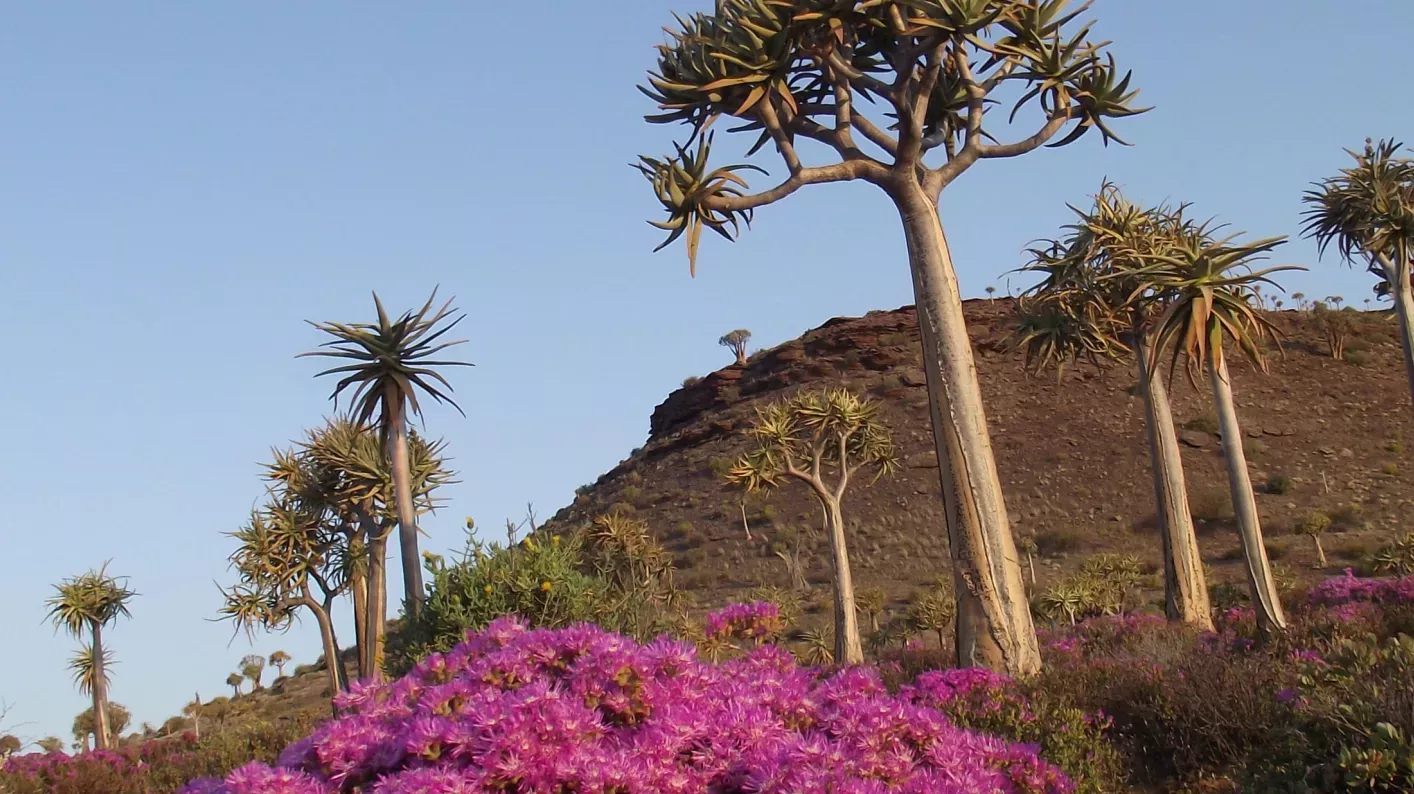
Helping to ensure the long-term survival of South Africa’s plant diversity through ex-situ conservation
Seed collections South Africa
The palm tree-of-life as a key to palm seed conservation. Phylogenomic research in support of the Global Tree Seed Bank project.
Evolution and diversification of the palms
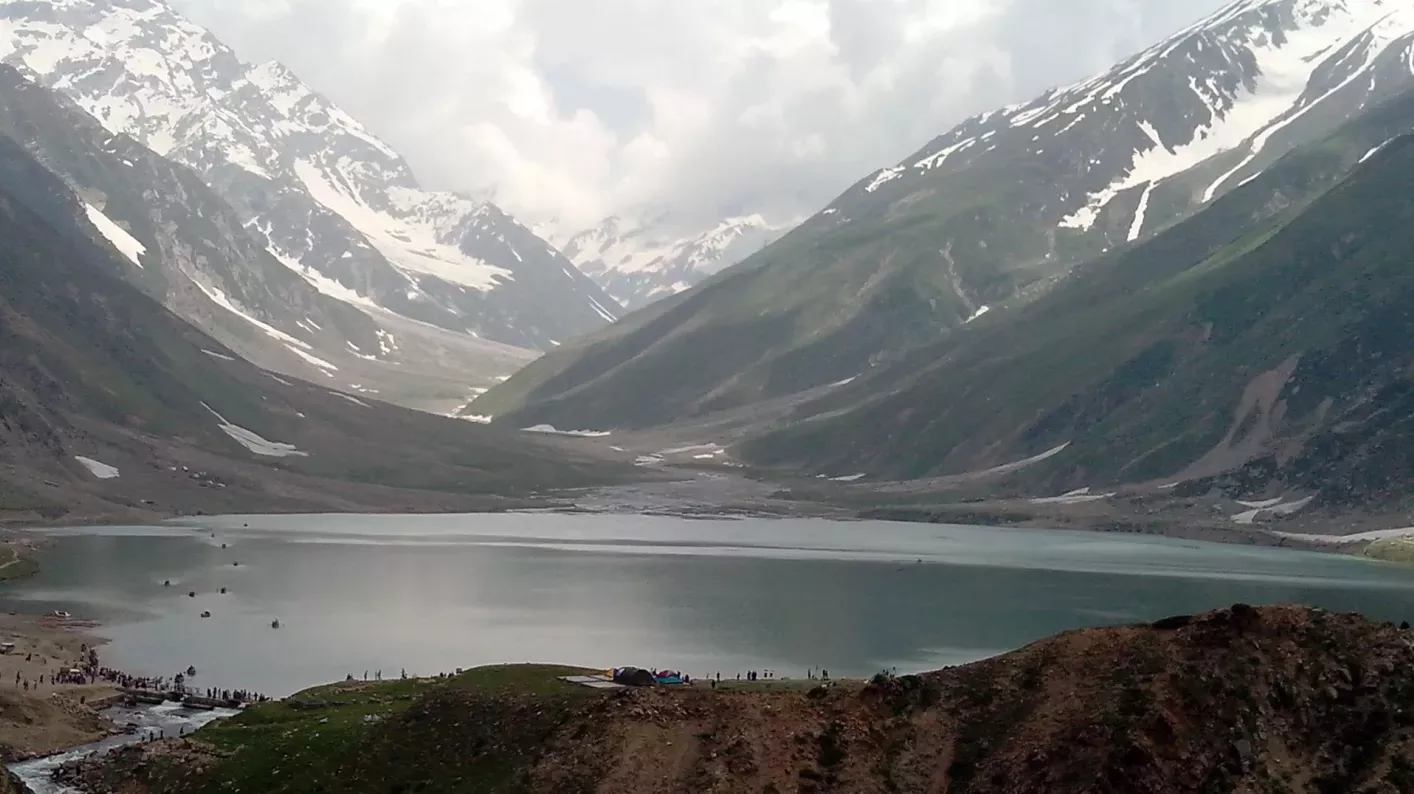
Collecting the seed of 150 species of medicinal and aromatic plants in Pakistan.
Plants of Pakistan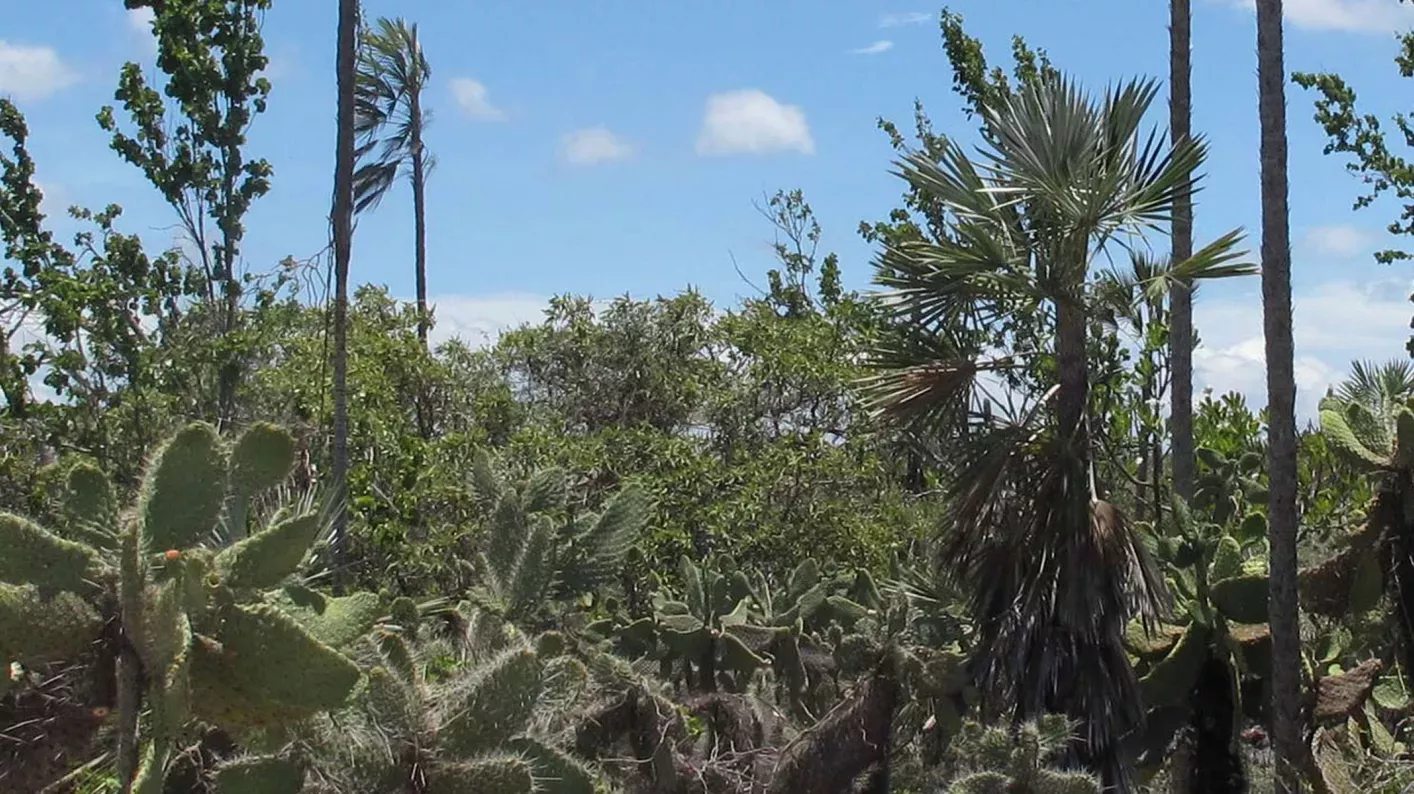
Supporting reforestation through seed conservation for the conservation of useful tree species in the Dominican Republic.
Threatened forests Dominican Republic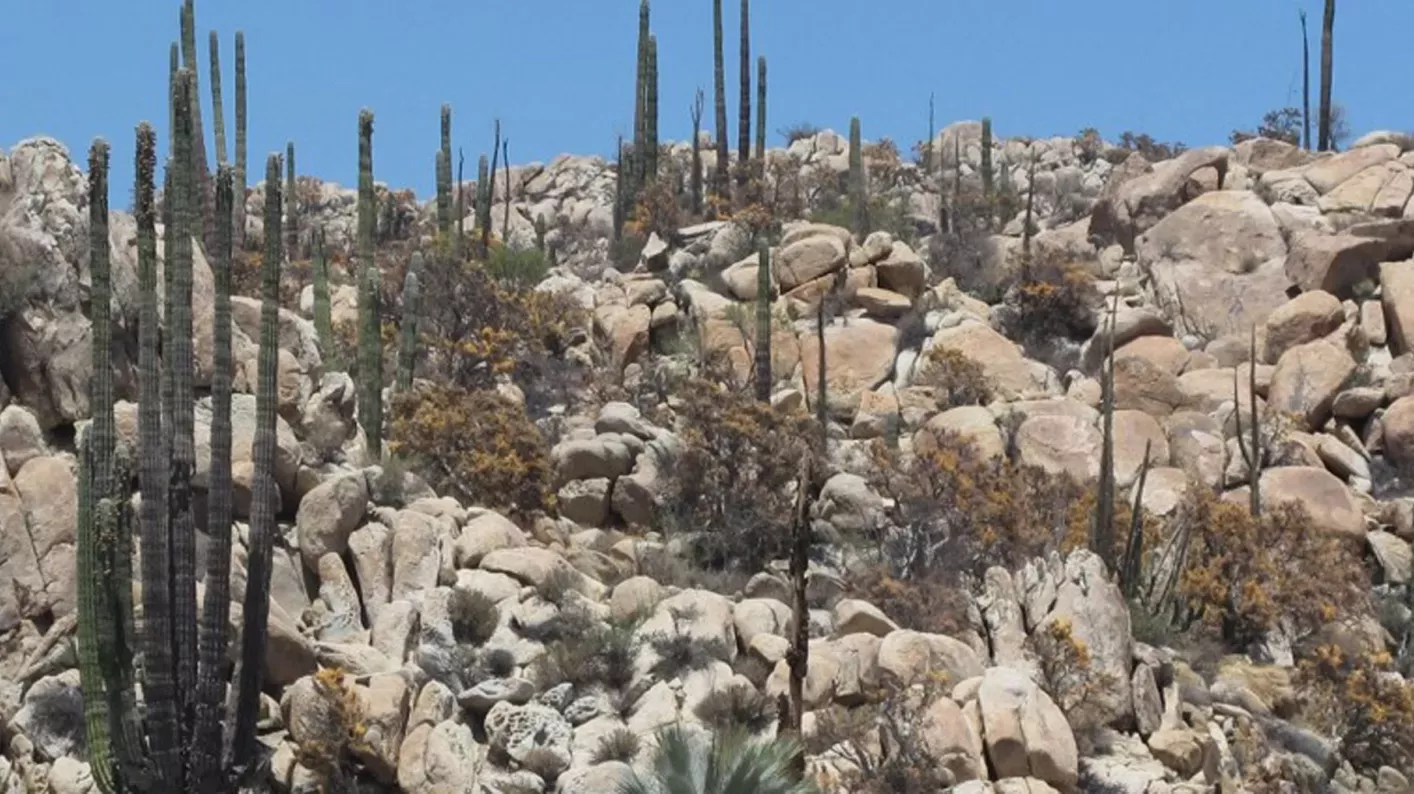
Supporting reforestation through seed conservation for the conservation of useful tree species in Mexico.
Tree species in Mexico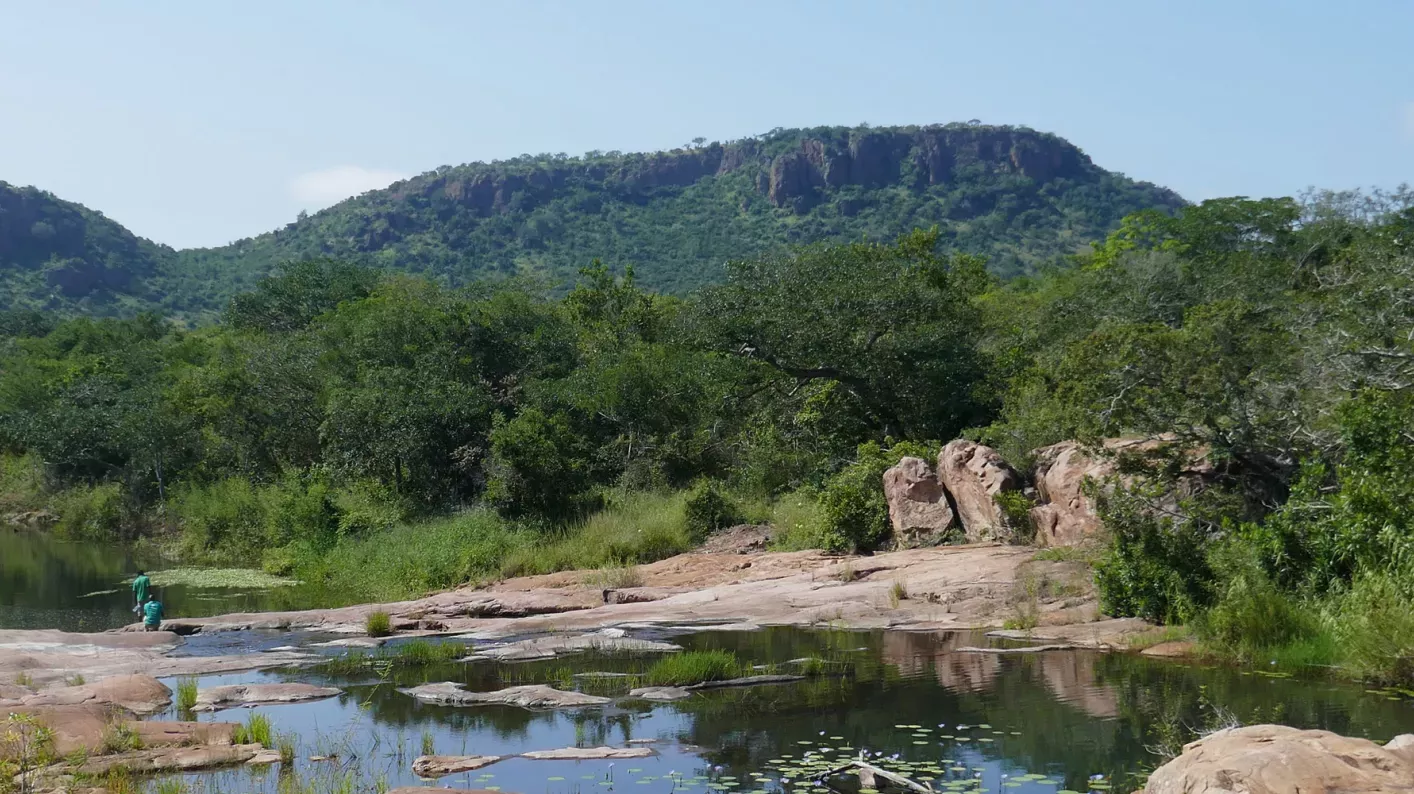
Ensuring the long-term conservation of Mozambique’s diverse and valuable plants
Mozambique seed cosnervationPence, V. C., Meyer, A., Linsky, J., et al. (2022)
Biological Conservation 266: 109440.
Van der Burgt, X. M., Pepe M., Haba, Magassouba S. & Veranso-Libalah, M. C. (2021)
Willdenowia 52: 25 – 37.
Ballesteros, D. & Pritchard, H.W. (2020)
Forests 11: 1281.
Tellez, O., Mattana, E., Diazgrandos, M., et al. (2020)
PeerJ 8: e9898
Bellot, S., Bayton, R.P., Couvreur, T.L.P., et al. (2020)
New Phytologist
Ballesteros, D., Nebot, A., & Pritchard, H. W. (2019)
Acta Horticulturae, 1234: 37-46.
Butel, P., Fanega-Sleziak, N., Nebot, A., Pritchard, H. W., & Ballesteros, D. (2019).
Cryobiology, 91: 194.
Johnson, M.G., Pokorny, L., Dodsworth, S., et al. (2019)
Systematic Biology 68: 594-606.
Mattana, E., Peguero, B., Di Sacco, A., et al. (2019)
New Forests, 1-17.
Mattana, E., Garcia, R., Encarnacion, W., Clase, T., Manger, K.R., Peguero, B., Way, M.J., Jimenez, F., Ulian, T. (2017).
Oryx, 51 (3): 394-395.
Pritchard, H.W., Nadarajan, J., Ballesteros, D., et al. (2017)
Acta Horticulturae 1167: 37-47.
Roma-Marzio, F., Bedini, G., Müller, J.V. & Peruzzi, L. (2016)
Phyotaxa 287: 1–135.

How did the double coconut, one of the natural world’s most celebrated and mysterious phenomena, evolve on a remote island?
Double coconut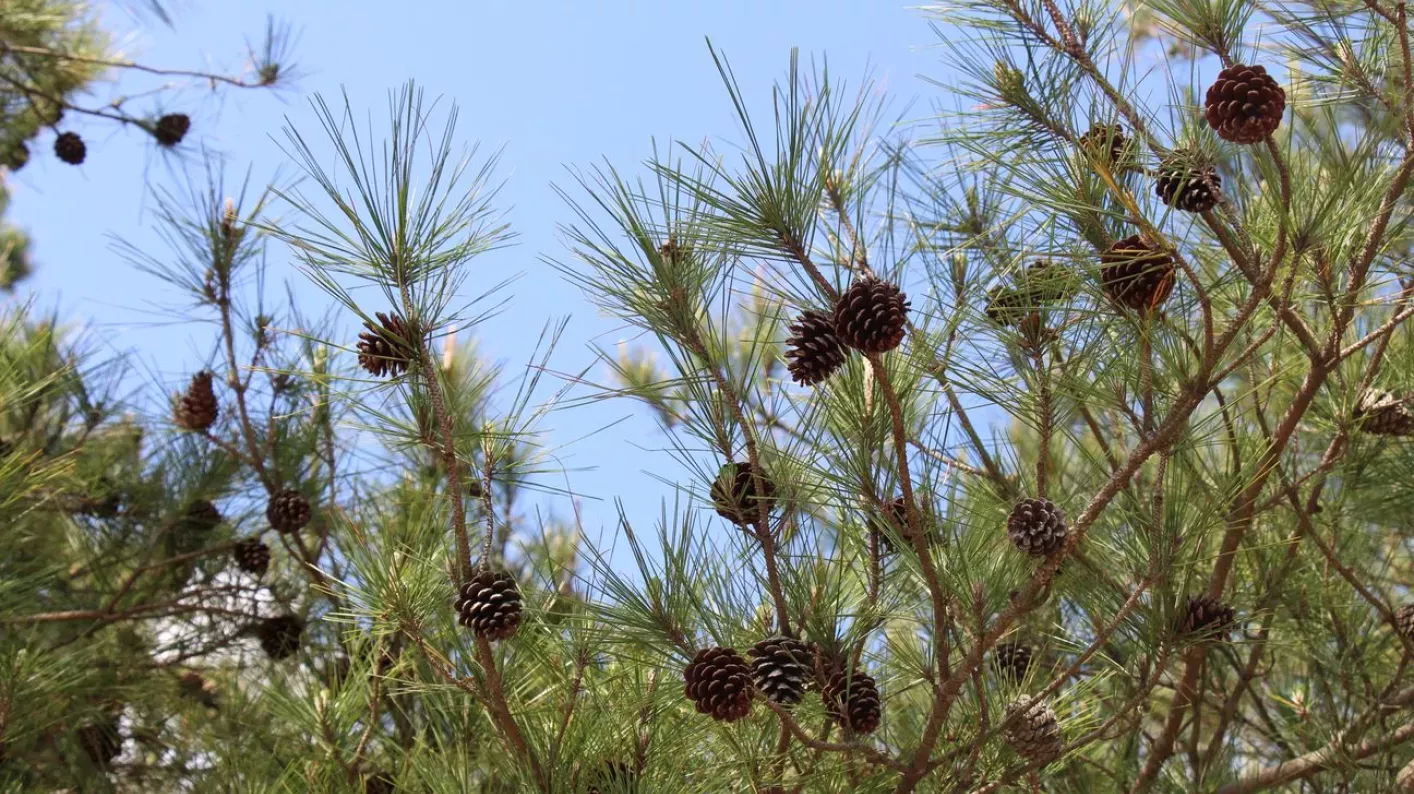
New partners in the Global Tree Seed Bank Project, the University of the Ryukyus, Okinawa begin a programme of tree seed collection and research.
Blossoming partnership
Kew scientists Efisio Mattana and Tiziana Ulian discuss how Kew’s Global Tree Seed Bank project aims to preserve seeds from tree species across the world, including Mexico and the Dominican Republic.
Trees in Mesoamerica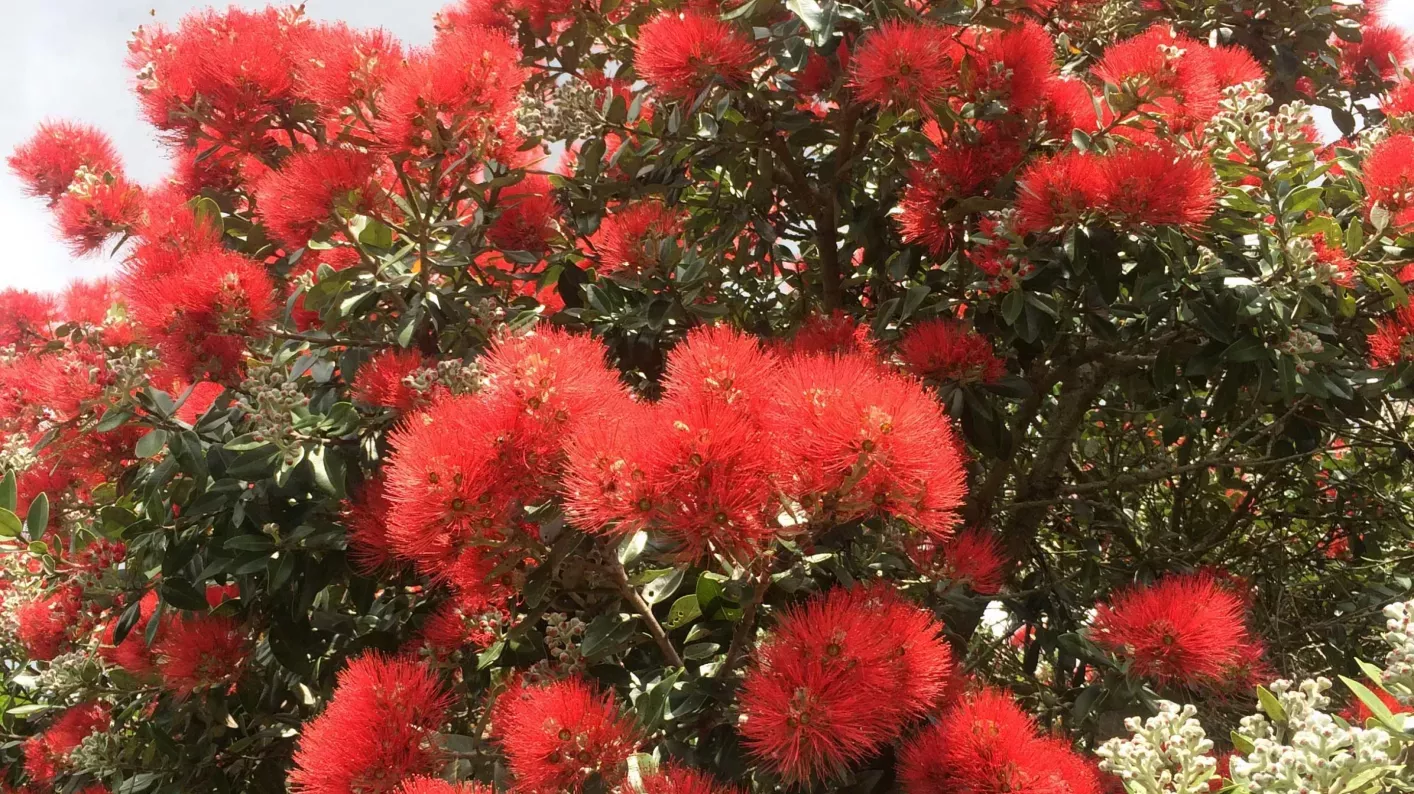
As Christmas approaches, crimson flowers of Pōhutukawa trees line the streets of Aotearoa (the Māori name for New Zealand).
Sacred trees
If we want to preserve the Earth’s ecosystems for future generations we need to use all of the conservation tools available. This includes an urgent investment into cryobiotechnology.
Cryobiotechnology at Kew